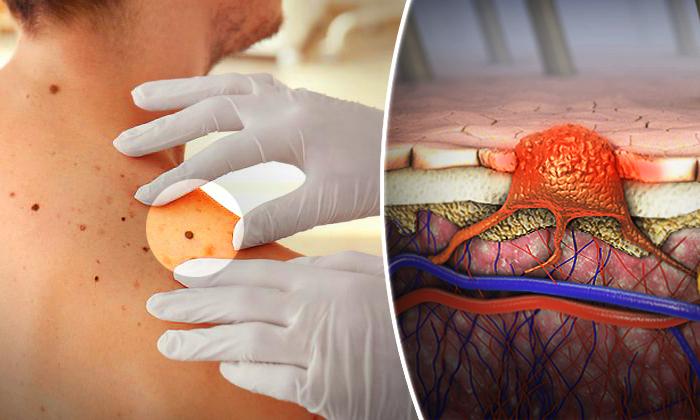Researchers from the University of Queensland (UQ) are developing a new skin microbiopsy device that takes smaller skin tissue samples than current devices in use, bringing possibilities of change to future diagnostics of skin cancers and other skin conditions.
“Conventional skin biopsies are usually two to four millimetres in diameter, which means local anaesthetic is required and one or two sutures needed to close the wound,” said UQ Prof. Peter Soyer.





